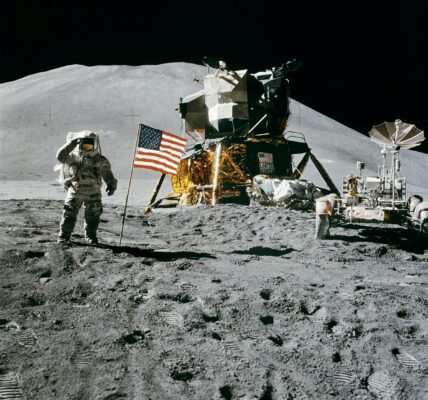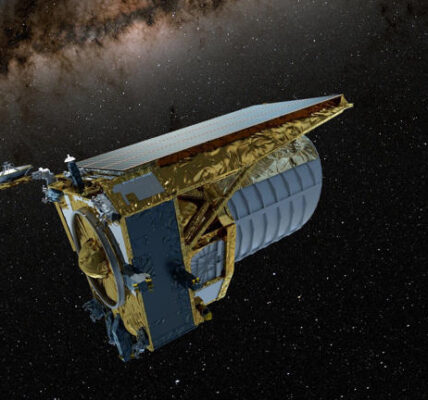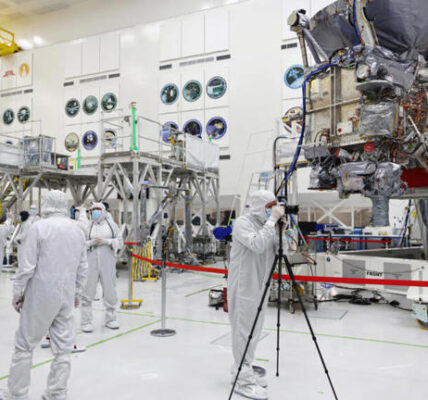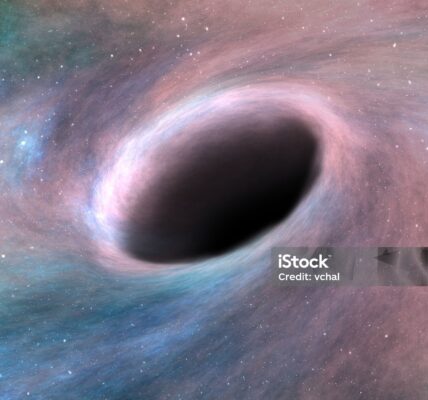“Ancient Planet Remnants Unveiled: 5 Astonishing Discoveries”
Ancient Planet Remnants: Unraveling Earth’s Deep Mysteries
Delve into the fascinating discovery of ancient planet remnants buried deep beneath the Earth’s surface. Explore the groundbreaking hypothesis proposing that these massive structures are remnants of an ancient planet called Theia, shedding light on Earth’s geological history.
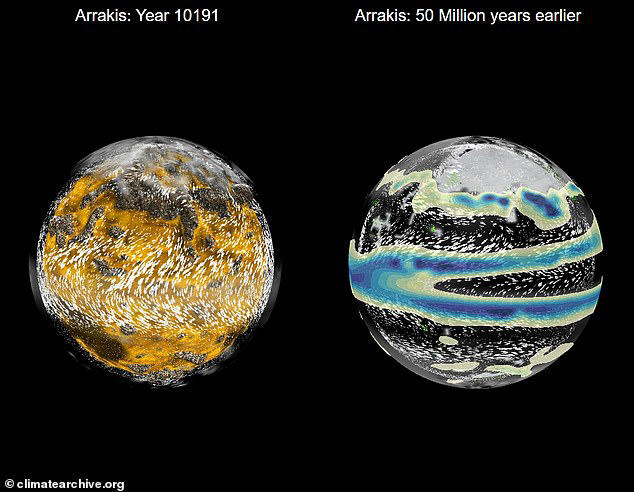
© Provided by Indy 100
Exploring Earth’s Deep Secrets
Ancient Planet Remnants: A Mysterious Discovery
Have you ever wondered what lies deep beneath the Earth’s surface, beyond the familiar layers of core, crust, and mantle? Scientists have long grappled with this enigma, as direct observation of the Earth’s interior remains elusive. However, recent research published in the journal Nature presents a compelling hypothesis that may shed light on one of Earth’s greatest geological mysteries.
Theia’s Legacy: A Collision of Worlds
Theia’s Fateful Encounter with Earth
According to this groundbreaking hypothesis, two colossal structures lurking beneath Africa and the Pacific Ocean may hold the key to unraveling Earth’s deep past. These structures, known as large low-velocity provinces (LLVPs), are believed to be remnants of an ancient planet called Theia. Billions of years ago, Theia is thought to have collided with Earth during its infancy, leaving behind intriguing traces of its existence.
Deciphering the Clues
Unveiling the Secrets of LLVPs
But how do scientists unravel the secrets of these ancient planet remnants? Through meticulous analysis and sophisticated modeling, researchers from institutions such as the California Institute of Technology (Caltech) and NASA’s Ames Research Center have pieced together a compelling narrative. By studying seismic waves and conducting simulations based on Theia’s size and impact velocity, they have gained unprecedented insights into the formation of LLVPs.
A Glimpse into the Depths
Unveiling Earth’s Hidden Structures
Imagine structures larger than the Moon, buried some 1,800 miles beneath our feet. These are the LLVPs, towering giants within Earth’s mantle. The structure beneath Africa, known as Tuzo, reaches staggering heights of around 800 kilometers, akin to stacking 90 Mount Everests atop one another. Despite their immense size, these structures remained hidden until the advent of advanced seismic imaging techniques.
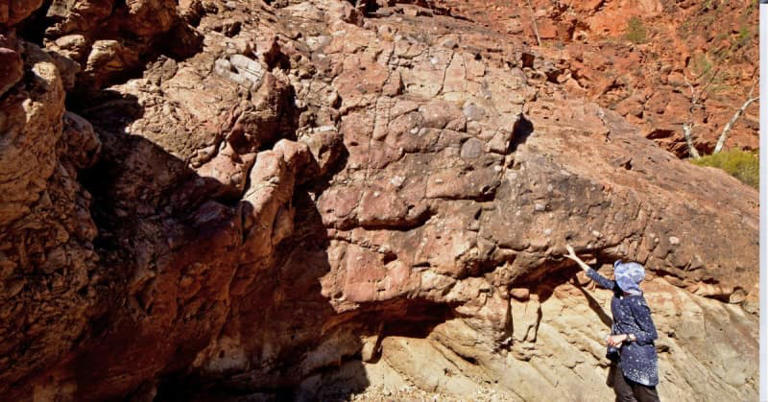
© Provided by Indy 100
Theia’s Legacy: Traces in the Mantle
Piecing Together the Puzzle
Theia’s collision with Earth would have been cataclysmic, yet its remnants endured within Earth’s mantle. Unlike traditional rock, Earth’s mantle resembles a high-pressure magma with the viscosity of peanut butter. This unique environment allowed Theia’s remnants to solidify and form the jagged structures we observe as LLVPs today. Through meticulous analysis, scientists have traced the origins of these structures back to Theia’s fateful encounter with our planet.
Debating the Hypothesis
Navigating Scientific Discourse
As with any groundbreaking discovery, the hypothesis of ancient planet remnants has sparked lively debate within the scientific community. While proponents of the theory argue for the significance of LLVPs as vestiges of Theia, skeptics offer alternative explanations. Some scientists suggest that LLVPs could simply be piles of oceanic crust accumulated over billions of years, challenging the notion of an ancient planetary collision.
ALSO READ:
https://cypranetnewsuk.com/euclid-telescope-de-icing-5-innovative-solutions-to-defy-space-ice/
Continued Exploration
Charting New Frontiers in Geology
Despite the ongoing debate, the discovery of ancient planet remnants offers a tantalizing glimpse into Earth’s hidden history. As Dr. Qian Yuan, lead author of the study, emphasizes, this hypothesis remains just that—an idea awaiting further validation through continued research and exploration. Whether LLVPs truly represent remnants of Theia or not, their discovery underscores the vastness of Earth’s geological mysteries waiting to be uncovered.
Conclusion: Unraveling Earth’s Mysteries
In conclusion, the discovery of ancient planet remnants deep beneath Earth’s surface marks a significant milestone in our quest to understand the planet’s geological evolution. While the hypothesis of LLVPs as remnants of Theia awaits further scrutiny, it serves as a testament to the ingenuity and perseverance of scientific inquiry. As we continue to push the boundaries of exploration, who knows what other secrets lie waiting to be unearthed beneath the Earth’s surface?
